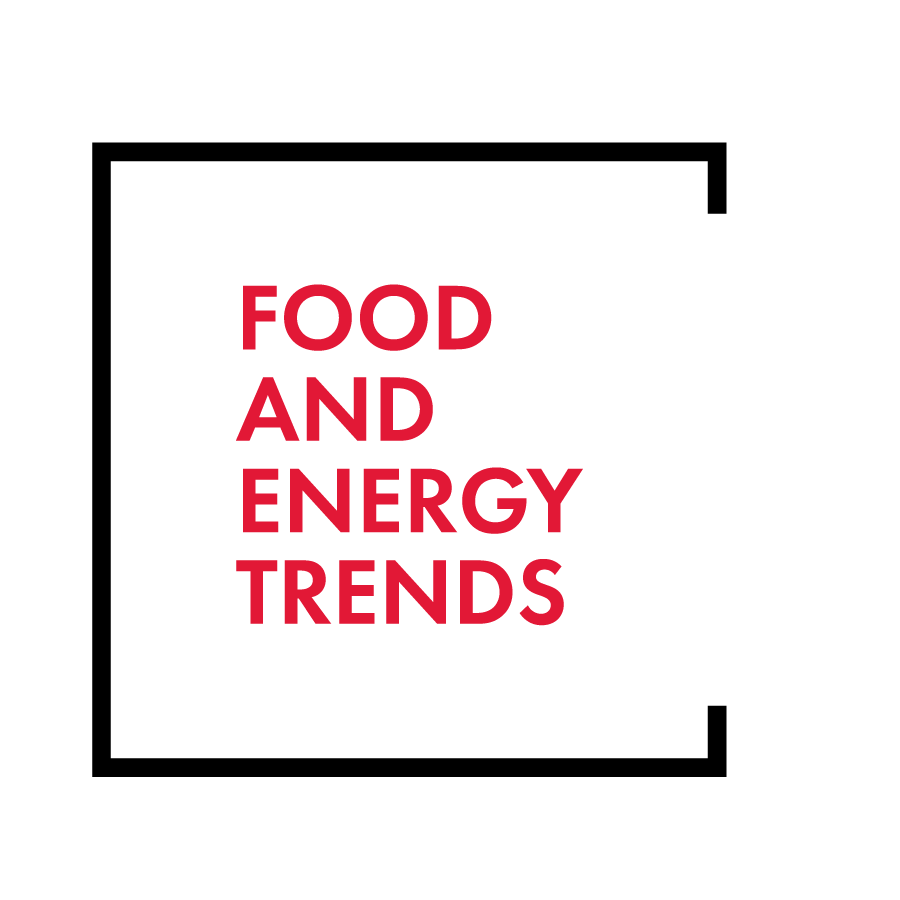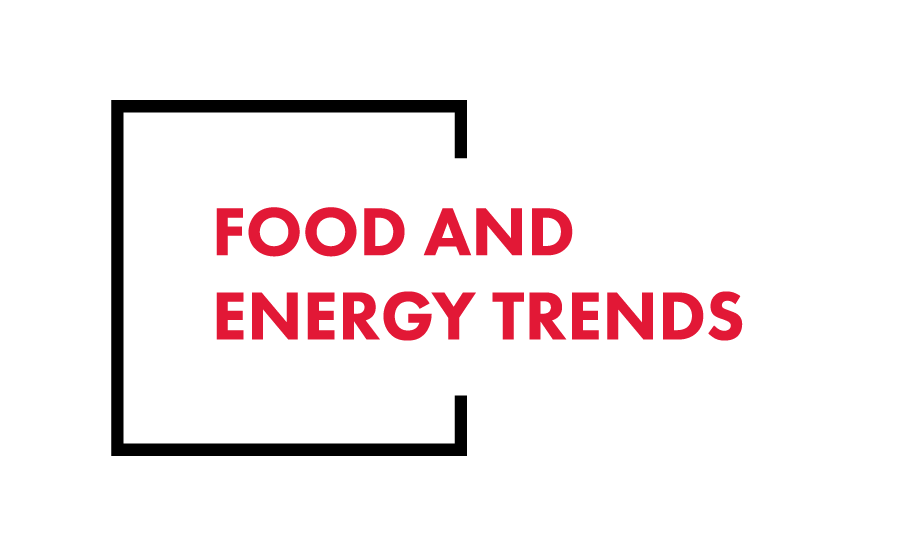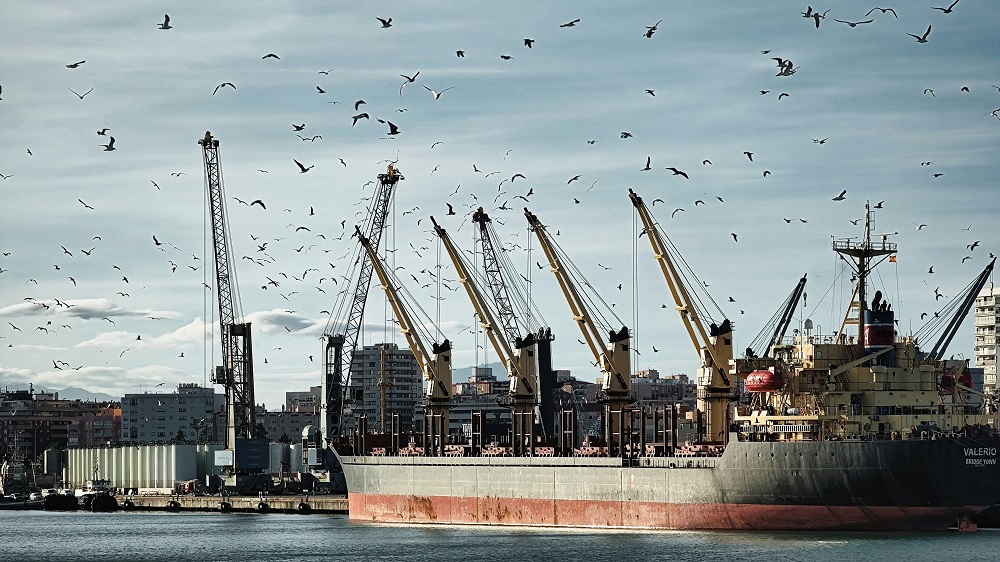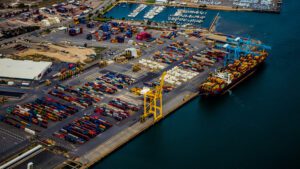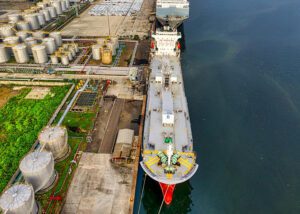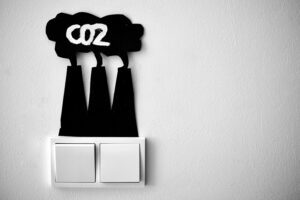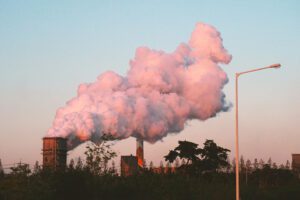A recent EU-funded study conducted by DNV has shed light on the future trajectory of clean ammonia usage in the shipping sector. The study, titled “Availability of Green and Blue Ammonia in 2030 to 2050,” forecasts a significant surge in demand for clean ammonia as a marine fuel between 2030 and 2050.
According to Hydrogen Insight article, demand for clean ammonia is expected to skyrocket from 2.3 million tonnes per annum (MTPA) in 2030 to 245 MTPA in 2050. Surprisingly, blue ammonia, produced from fossil fuels with carbon capture and storage, is projected to dominate the market by mid-century, accounting for 76% of clean ammonia production. This is in stark contrast to green hydrogen, generated using renewable-powered water electrolysis, which is estimated to contribute only 24% to clean ammonia production by 2050.
The report says that the maritime sector, in particular, is anticipated to rely heavily on green and blue ammonia as marine fuel, driven by the imperative to declare it as clean. However, the study suggests that ammonia will not be utilized for electricity generation due to unrealistic cost assumptions.
In addition to its role as a marine fuel, ammonia will also be in demand as a feedstock for various chemical applications such as fertilizers and explosives. For these sectors, grey hydrogen produced from unabated fossil fuels is expected to be the largest source, followed by blue and green hydrogen.
Overall, the study highlights the growing significance of blue ammonia in the shipping sector’s transition toward cleaner energy sources. As the demand for clean ammonia continues to rise, stakeholders will need to navigate the evolving landscape of hydrogen production to meet sustainability targets while ensuring economic viability.
